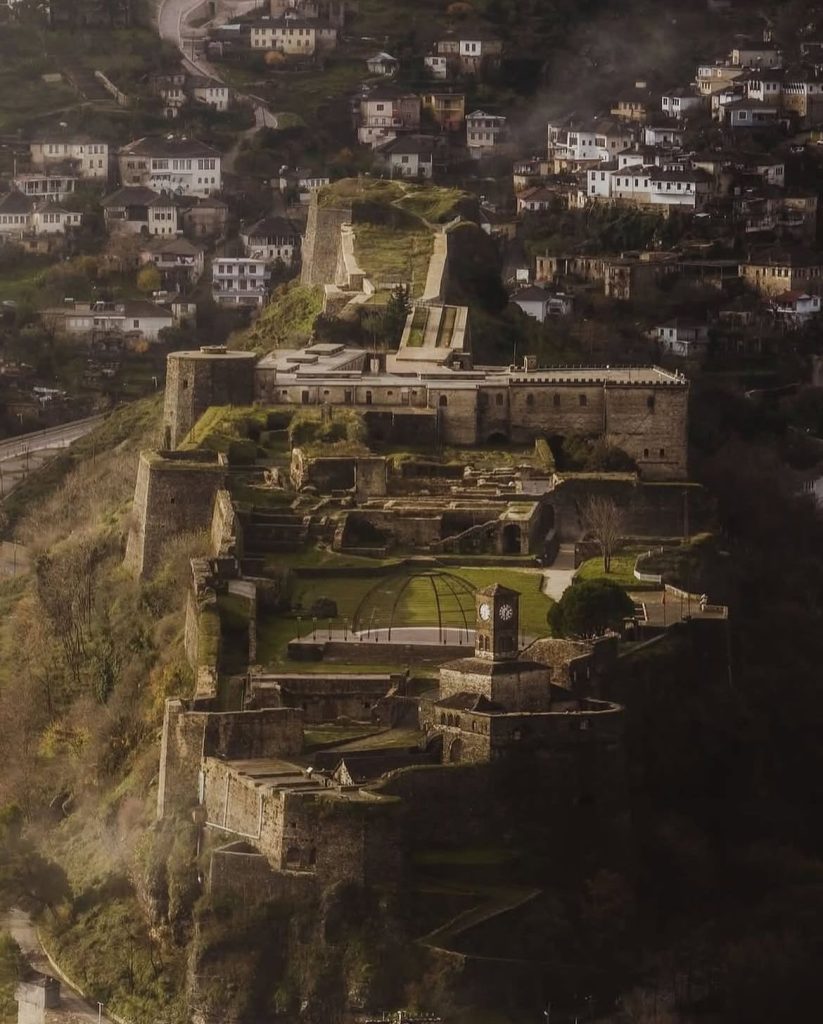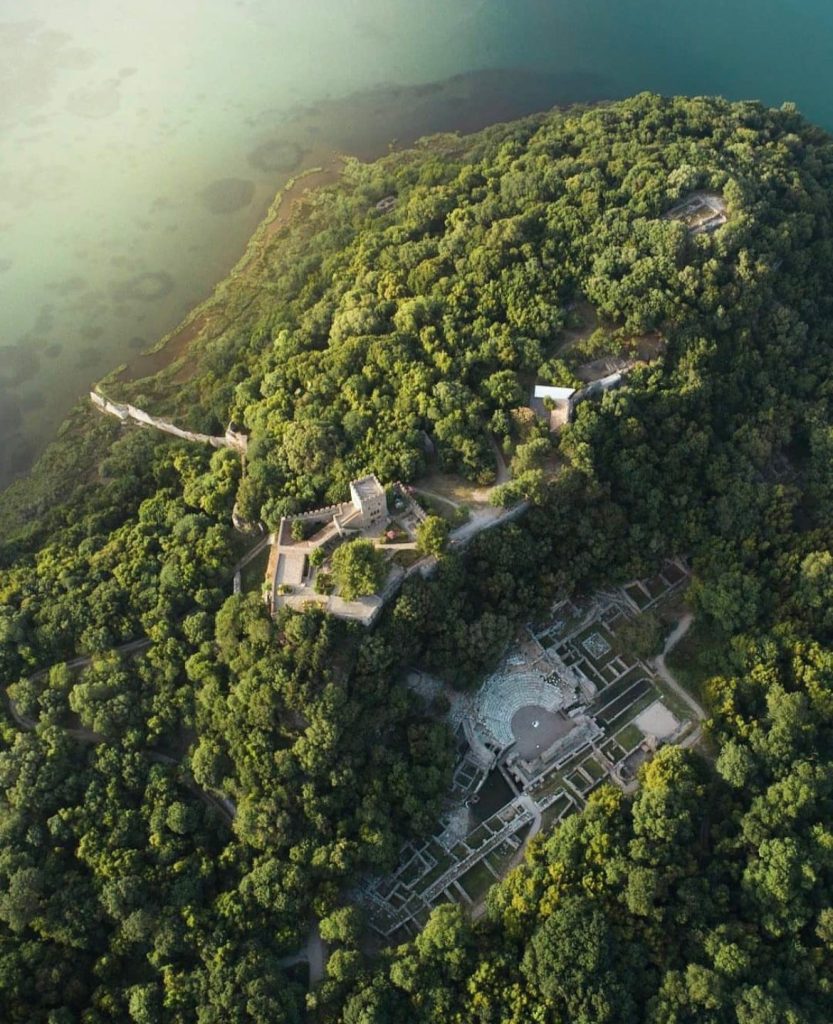
Albania is home to several UNESCO World Heritage Sites, each showcasing the country’s rich cultural heritage, historical landmarks, and stunning natural landscapes. Here’s a list of UNESCO sites in Albania that are worth visiting:
1. Gjirokastër (The City of Stone)
Gjirokastër is a well-preserved Ottoman city located in southern Albania, known for its unique stone houses and traditional architecture. The city’s historic center is a UNESCO World Heritage site, often referred to as the “City of Stone” because of its characteristic grey stone buildings and cobblestone streets. The Gjirokastër Castle dominates the citthe valley and river below.yscape, offering panoramic views of the valley and river below.
2. Butrint
Butrint is one of the most significant archaeological sites in Albania, located in the southern part of the country near the Greek border. This ancient city has layers of history, from Greek, Roman, Byzantine, and Venetian civilizations. The site is beautifully set in a lush landscape, with ruins that include a Roman theater, a Byzantine basilica, and a Venetian tower.
3. Apollonia
Located near the town of Fier, Apollonia is another remarkable archaeological site in Albania, founded in the 6th century BC. This ancient Greek city was once an important cultural and economic center. The ruins include a large Roman theater, a temple of Apollo, and several other monumental structures.
4. The Historic Centres of Berat and Gjirokastër
Both Berat and Gjirokastër are UNESCO-listed for their outstanding Ottoman-era architecture, which offers a glimpse into Albania’s rich cultural and historical past. The Old Town of Berat, with its castle and unique Ottoman-style houses, is often called the “town of a thousand windows.


5. The Natural and Cultural Heritage of the Ohrid Region
While Lake Ohrid is shared by both Albania and North Macedonia, the Albanian side of Lake Ohrid is a UNESCO World Heritage site. This region is famous for its natural beauty, ancient monasteries, and rich biodiversity. The area is home to many endemic species of plants and animals, and the Monastery of Saint Naum is a key historical site here.



6. The Albanian Riviera: Natural and Cultural Heritage
The Albanian Riviera is a beautiful stretch of coastline in southern Albania that includes a mix of natural beauty and historical sites. While not yet a standalone UNESCO site, several towns in the region, like Himara and Dhermi, hold significant cultural and historical value.
7. Rrëza (Albanian Alps)
The Albanian Alps, or Bjeshkët e Nemuna, are a UNESCO-protected natural area of breathtaking beauty. This remote mountain range offers rugged peaks, pristine valleys, and stunning rivers. It’s an ideal destination for trekkers, wildlife enthusiasts, and anyone looking to experience Albania’s untouched wilderness.
8. Llogara Pass & Karaburun Peninsula
Both Llogara Pass and Karaburun Peninsula are natural gems in Albania’s southern coast, with panoramic views of the Ionian Sea and Albania’s rugged mountains. The Karaburun Peninsula is home to ancient shipwrecks, caves, and pristine beaches, making it an ecological treasure. The Llogara Pass offers incredible views of the coast and is a perfect starting point for exploring the Albanian Riviera.





